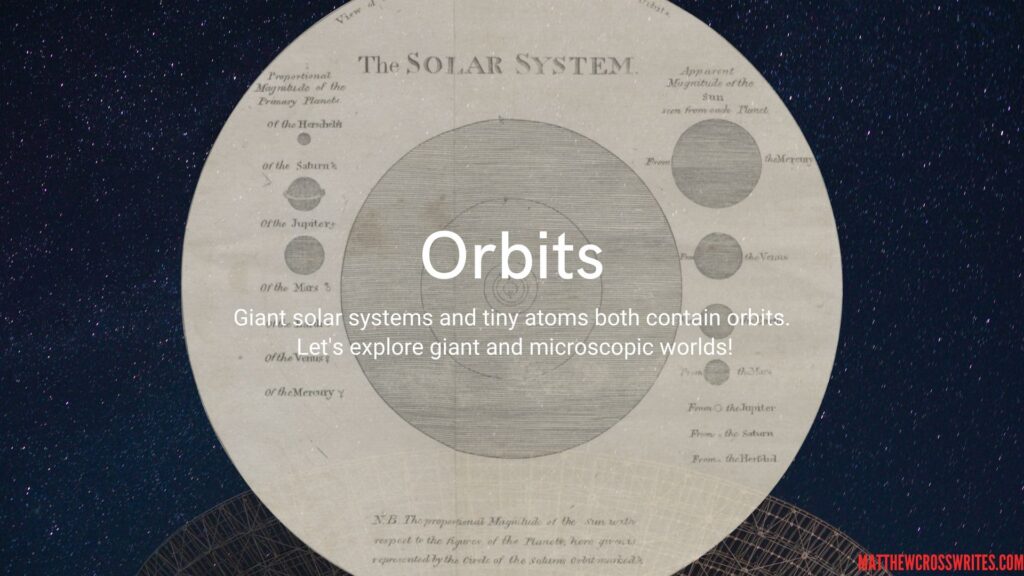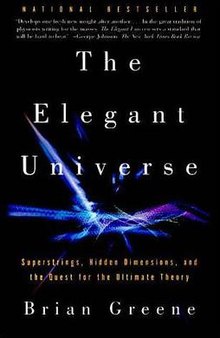
The solar system is made of giant, orbiting bodies: planets
Eight planets orbit the sun, forming our solar system: Mercury, Venus, Earth, Mars, Jupiter, Saturn, Uranus and Neptune. Asteroids also orbit the sun in the Main Asteroid Belt and the Kuiper Belt. The planets and the Main Asteroid Belt orbit the sun in a flat plane, like an invisible plate in space where the planets pass mainly through the plate. Sometimes they rise higher than the plate, sometimes they travel a little lower, but not by much.
The planets are very large objects. The sun, at the center, is the largest object in our solar system.
Tiny atoms are made of microscopic bodies that orbit each other

Next, let’s look at some of the very smallest objects in our universe: atoms. According to physicist and author Brian Greene, in his book The Elegant Universe, the ancient Greeks believed that “the stuff of the universe was made up of tiny ‘uncuttable’ ingredients that they called atoms.” The ancient Greeks thought the atom was the smallest building block of all matter. They said the atom was not made of anything smaller and could not be divided.
In the nineteenth century, scientists found that oxygen and carbon were made of the smallest pieces that could be recognized. “[F]ollowing the tradition laid down by the Greeks, they called them atoms. The name stuck,” Greene writes.
But it was later learned that oxygen and carbon atoms, and atoms of all the other elements, were made up of even smaller pieces. “Far from being the most elementary material constituent, atoms consist of a nucleus, containing protons and neutrons, that is surrounded by a swarm of orbiting electrons,” Greene writes.
Writers create new ideas by converting large to small or small to large
Sci Fi writers create fascinating creatures by turning something very small in the real world into something very large in their story. Consider the lowly worm. Frank Herbert turned the worm, a creature of a few inches, into his gigantic and fearsome sandworms of Arrakis in Dune.
Today, let’s do the reverse. Let’s take something very, very large–our solar system–and imagine it as small as an atom. If a sun were the nucleus of an atom, and if each electron orbiting around that nucleus were a planet, what kind of solar system can you imagine?
Build your mini-system!
Imagine your miniature solar system.
- Would your planets be inhabited? Would the third planet–like Earth–support life?
- Would travelers cross the vast distances between atoms to visit?
- Where would your atom-sized solar system be floating? Would it be safe?
Please post your comments below.
Be stellar!
Matthew Cross


